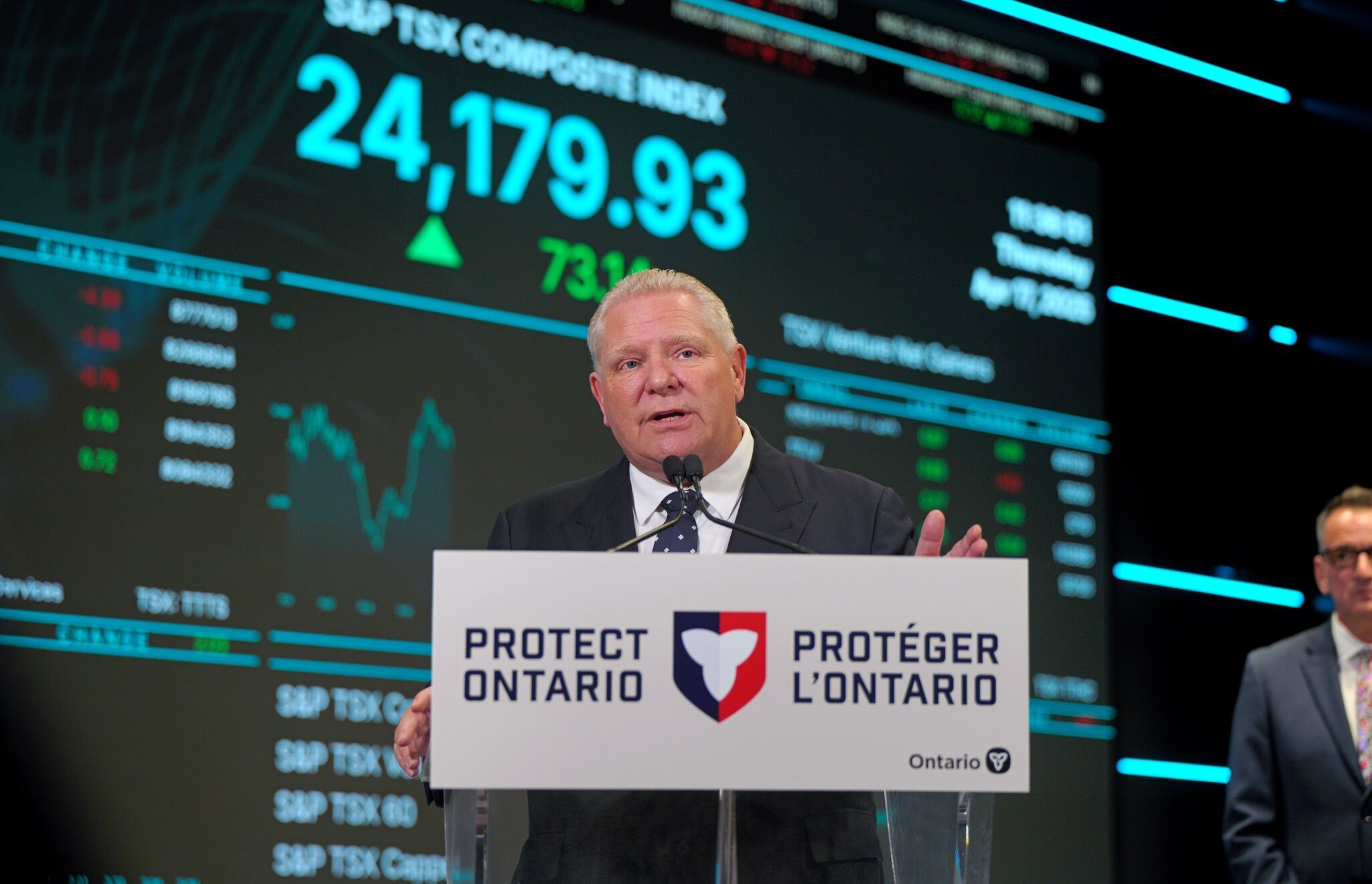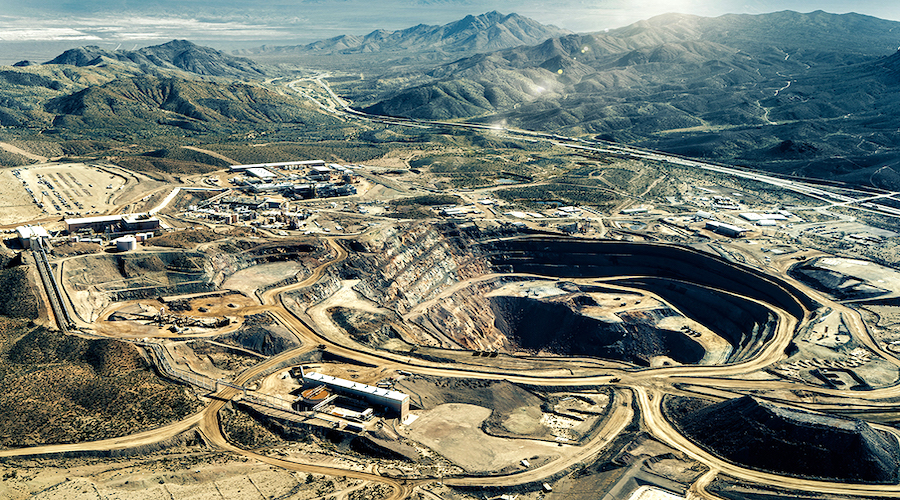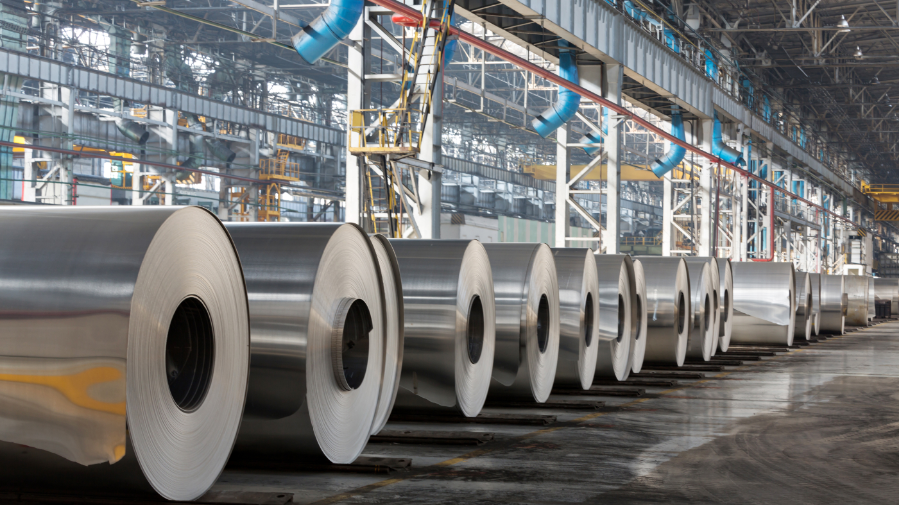University of Oulu gets €1.6 million funding to expedite emission-free steel industry

The Tiina and Antti Herlin Foundation’s four-year funding, aimed at cutting carbon dioxide emissions, will be allocated to steel research and the promotion of carbon neutrality in the steel industry, with objective is to create a completely emission-free steel mill in Finland.
The Advanced Steels for a Green Planet (AS4G) project funded by the Foundation begins in January. The project will focus on processing the end results of an emission-free steel mill – the utilisation of side streams and the manufacturing of ultra high-strength steels, in particular, the University of Oulu said in a media release.
“It’s important to focus research on the themes where emissions can be decreased the most and where the strengthening of expertise creates the most benefits,” said Jukka Kömi, Professor at the University of Oulu. “The aim is to enable expertise for a completely emission-free steel mill in 2050.”
“In terms of carbon dioxide, achieving an emission-free steel mill in the Nordics will be realistic as early as 2035. It’s also important that future steel mills will not generate waste, but that all created side streams will be utilised as raw material in different sectors,” said Mirja Illikainen, Dean of the Faculty of Technology and Professor of inorganic materials in circular economy at the University of Oulu.
“Slag from current steel production is utilised well, but we still need development for the slag that will be created in carbon-free steel production.”
The carbon dioxide emissions of steel applications can be cut by decreasing and strengthening the steel used in them. Ultra high-strength steel makes structures lighter, which means that moving, for example, trucks, ships and trains requires less fuel. The carbon dioxide emissions of Finland could be cut by up to 8% if high-tensile steel was used in trucks.
“We study and review on an atomic level how high- strength steel works,” Kömi said. “We have to know how atoms interact and what makes steel high-tensile. Steel always has a lot of impurities, which is why it must be understood exactly what can be alloyed into it to make the end result even stronger.”
The northern research and engineering hub is forging future steel, circular economy and hydrogen – and promoting several sectors from construction to traffic.
“With basic research, we focus on steel development so that efficient supply chains can be designed for steel mills. Operational excellence must be constantly developed to understand how different grades of steel behave, as the same steel won’t work in a wind power plant, a ship and a bridge,” Kömi said.
The AS4G project is committed to the development of sustainable solutions and principles of circular economy, which will create new business opportunities for many sectors connected to the steel industry.
The development of lightweight steel structures is expedited by the automotive industry, because lighter cars must be strengthened in different ways while ensuring their safety. High-tensile steel is necessary for protecting the heavy batteries of electric cars, and it is also needed for the chassis – to make them functional.
The new AS4G project will be a unique combination of multidisciplinary expertise from the research of advanced steels, basic physics, metallurgy and the utilisation of industrial side streams.
In addition, emission-free steel production is being developed with the help of ground-breaking hydrogen innovations, for example, in producing hydrogen directly with sunlight without massive energy consumption.
The use of hydrogen as a reductant in steel production could cut Finland’s emissions by up to 7%, the University said.
More News
Ontario promises to cut red tape for critical mining projects
April 17, 2025 | 01:48 pm
MP Materials halts exports to China
The move follows Chinese restrictions announced earlier this month.
April 17, 2025 | 01:32 pm
{{ commodity.name }}
{{ post.title }}
{{ post.date }}




Comments